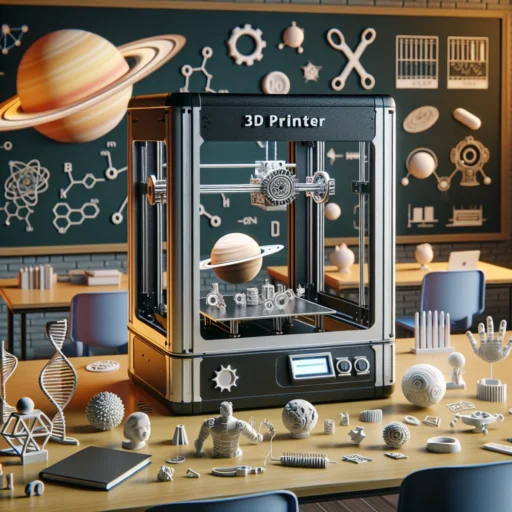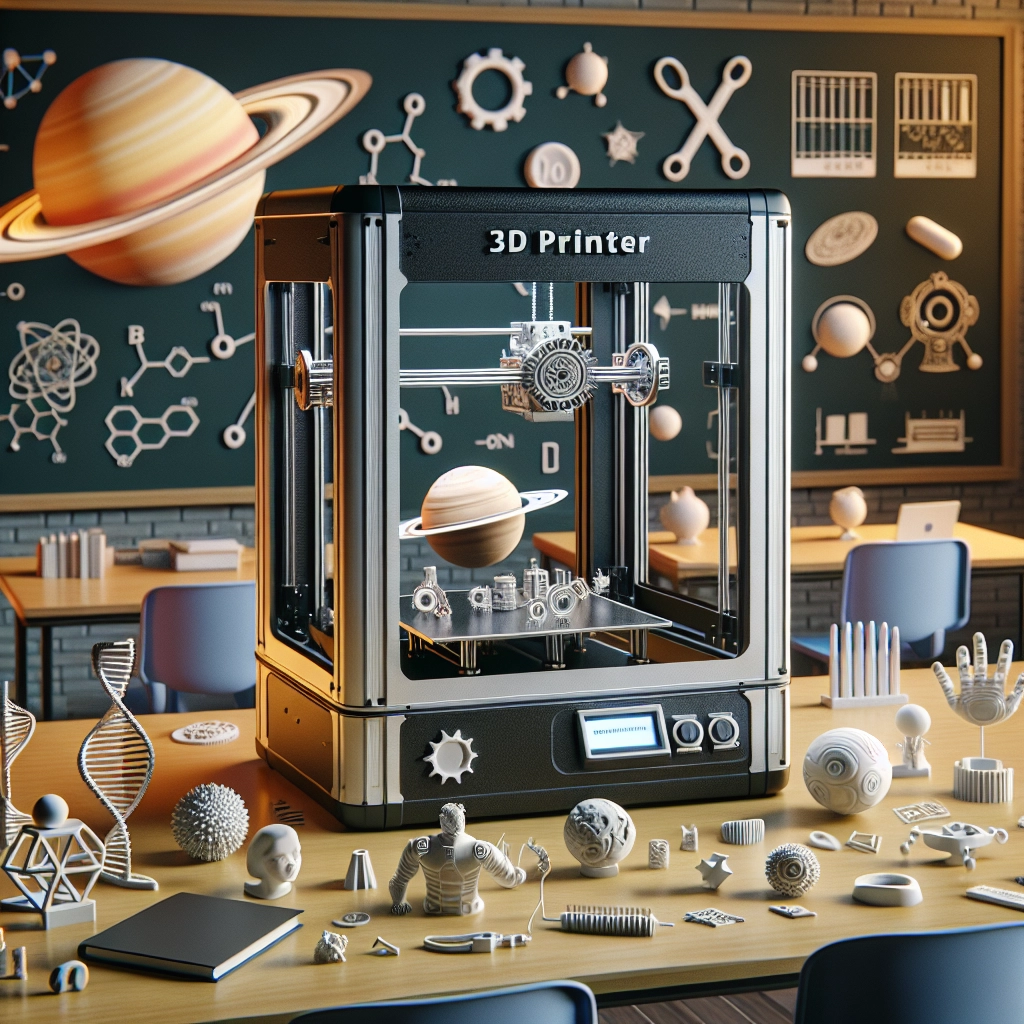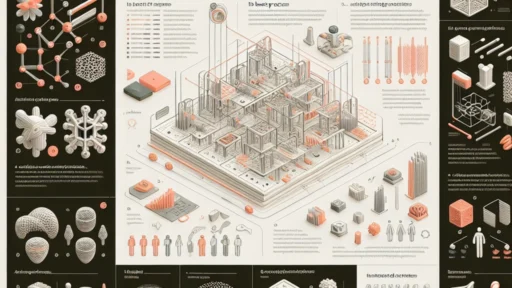3D Printing for Education: Engaging Students in STEM
In a world that’s increasingly driven by technology, there’s a growing emphasis on engaging students in STEM (Science, Technology, Engineering, Mathematics) subjects. Traditional methods of teaching can sometimes fall short in inspiring creativity or practical application. Enter 3D printing: a fascinating technology that’s transforming the educational landscape, making learning not only engaging but also incredibly hands-on.
Imagine walking into a classroom where students aren’t just listening to lectures or staring at textbooks. Instead, they’re actively designing and creating their own models, be it a prototype for a science experiment or an architectural structure for a math project. With 3D printing, these imaginative scenarios are becoming a reality.
Bringing Concepts to Life
One of the standout features of 3D printing is its ability to turn abstract concepts into tangible objects. Instead of trying to visualize a complex geometric shape or the anatomy of a cell from a textbook, students can create these items themselves. This tactile experience fosters a deeper understanding of the subject matter.
For example, in a biology class, rather than just studying diagrams, students can print out 3D models of human organs, giving them a hands-on way to explore internal structures. Likewise, in mathematics, students can create shapes to understand volume and surface area better. When students physically interact with the objects around them, they not only grasp intricate theories more easily but also retain the information longer.
Fostering Creativity and Problem Solving
3D printing isn’t just about learning concepts; it’s about encouraging students to think creatively and solve problems. When presented with a project, students must brainstorm, design, and iterate. The process promotes critical thinking and innovation—skills that are invaluable in the modern workforce.
Imagine a group of students tasked with designing a sustainable home. They would research materials, draw blueprints, and then print a model version of their design. This project would require them to consider factors like energy efficiency, costs, and environmental impact. By working through these challenges, students learn the importance of teamwork, creativity, and extracting meaningful insights from failures—an essential part of the engineering design process.
Enhancing Engagement Through Interactivity
3D printing inherently invites students to interact, collaborate, and communicate, making learning a social experience. When students work together on a project, each person brings unique ideas and tools. They engage in discussions, share opinions, and learn from each other’s strengths. This collaboration builds a classroom culture that emphasizes teamwork and collective problem-solving.
Furthermore, the excitement of seeing their designs come to life can energize even the most reluctant learners. The thrill of waiting for the printer to finish a project can ignite passion and curiosity. Once they see their ideas take physical form, a sense of accomplishment follows—and isn’t that what every teacher hopes to foster?
Accessibility and Resources
You might be wondering: "Isn’t 3D printing expensive and complicated for schools?" While the initial investment can be daunting, the prices of 3D printers have decreased significantly in recent years. Furthermore, many schools have begun to band together to share resources. Open-source software and online communities provide endless tutorials, designs, and advice, making it easier for educators to incorporate this technology into their classrooms.
Incorporating 3D printing into the curriculum isn’t just about the machines; it’s about leveraging them as a tool for inquiry-based learning. With the right guidance, teachers can adapt lessons to include 3D printing in various subjects from art to math, allowing students to explore practical applications.
Preparing Students for the Future
As industries worldwide increasingly rely on 3D printing and related technologies, exposure to these tools can prepare students for future careers in fields like engineering, architecture, and design. Understanding how to innovate with 3D printing has the potential to broaden their horizons and give them a competitive edge in the job market.
It’s clear that 3D printing is more than just a cool piece of technology; it’s a powerful educational tool that can elevate students’ experiences in STEM subjects. By combining creativity, hands-on learning, and problem-solving, we can not only engage students but also inspire the next generation of innovators.
With each 3D printed object, students are not just creating models; they are building skills, confidence, and inspiring creativity that can last a lifetime. So, let’s embrace this wave of technology in our classrooms and watch as students are transformed from passive recipients of knowledge into active creators and thinkers. 3D printing offers a glimpse into a world where learning is as vibrant and dynamic as the ideas that fuel it. Wouldn’t it be exciting to be part of this educational revolution?






